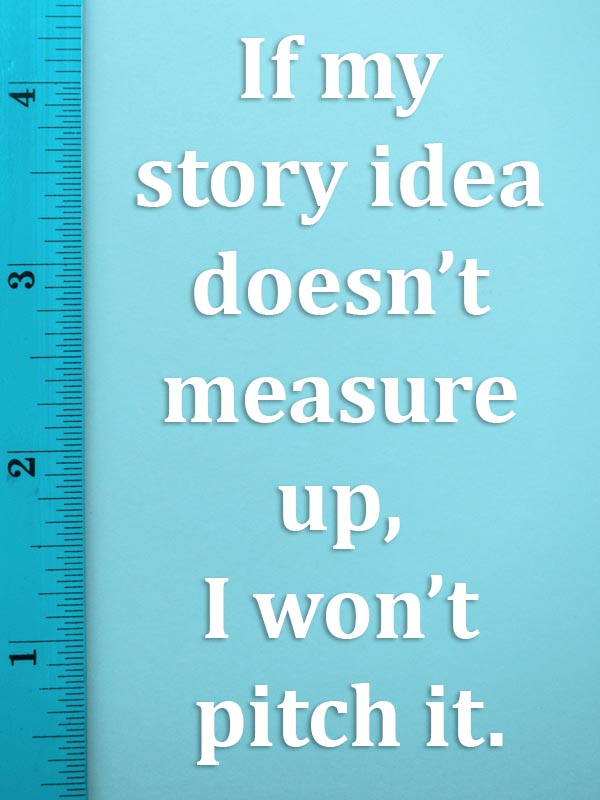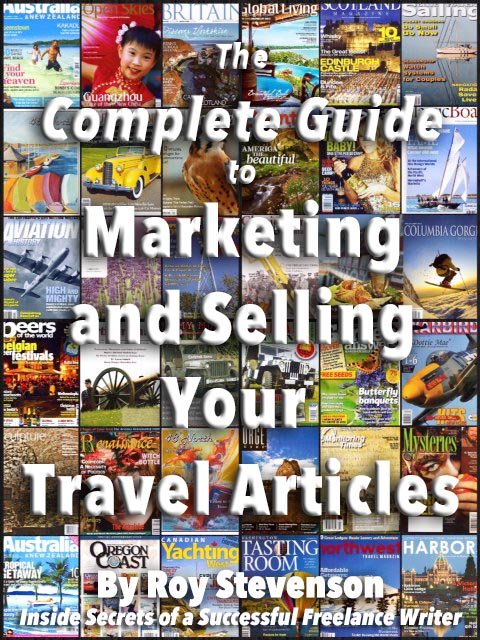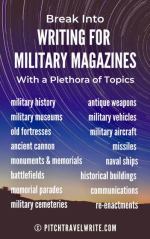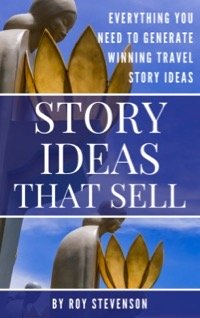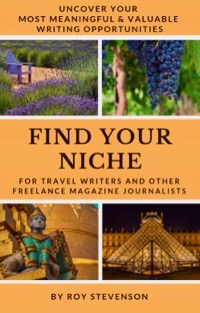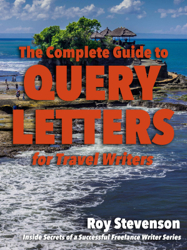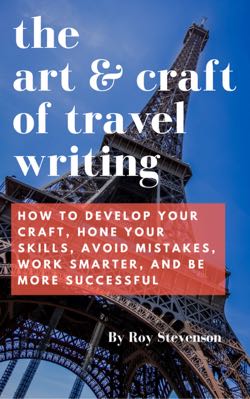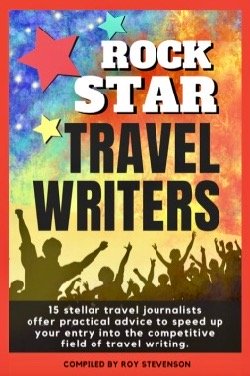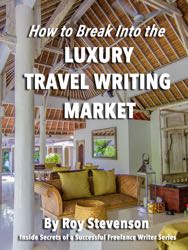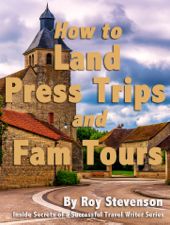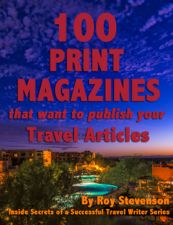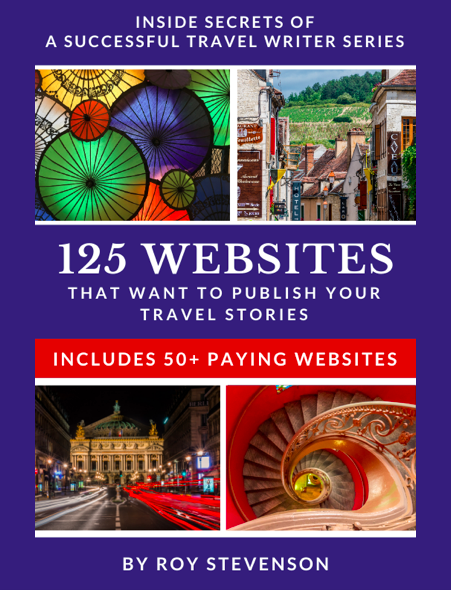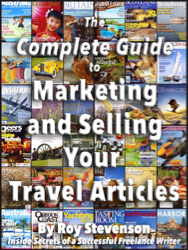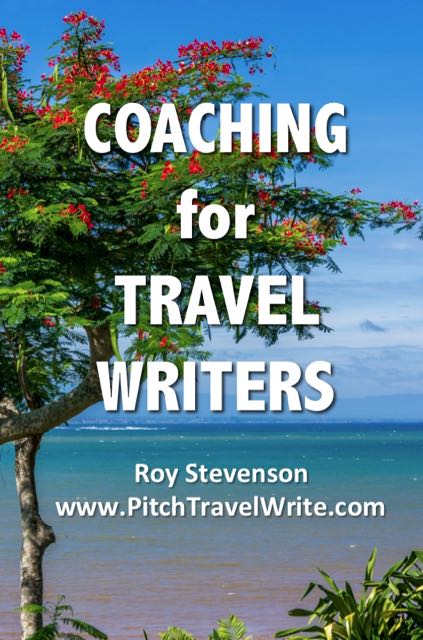- Home
- Getting Published
- Is Your Travel Story Marketable?
Is Your Travel Story Marketable?
What Makes a Story Hot
By Roy Stevenson
I have a rigorous selection process where I scrutinize my travel story ideas closely before I pitch them. This means leaving many good travel story ideas on the sidelines.
It hurts because sometimes I’m so smitten with a place I’m dying to write about it.
But there’s a reason I run at a 90% acceptance rate for my stories while most travel writers are lucky to have 25% of their stories published. No matter how much I love a place or how much it resonates with me, I spend time considering the feasibility of getting this story into print before I pitch the story idea to editors.
If my story idea doesn’t measure up, I won’t pitch it.
What's Not So Hot
Many beginning travel writers think that any destination or tourist attraction is a travel story waiting to be published.
I wish it were this easy, but this is not the case.
The problem arises when novice travel writers visit a place, fall in love with it, and then want write a travel story to tell everyone about it.
There’s nothing wrong with feeling compelled to write about a place. However, being enamored with a place usually doesn’t translate into a viable travel story.
Magazine editors are the gatekeepers to getting your stories into print. And unless you can convince them that your travel story will knock the socks off their readers, they’re probably going to pass on your pitch.
I spend a lot of time convincing my coaching clients that a place is not a travel story until they’ve uncovered something special, unique, or unusual about the place or destination. In travel writing jargon this is your “story angle”.
Stories that Sell Themselves
Certainly some travel stories sell themselves because they’re so dramatic. There are dozens of stories that I knew would sell when I pitched them - and they did sell.
These story ideas were interesting and exciting. And I knew of several outlets that were a good fit for them. It was merely a matter of doing some basic research and crafting an enticing query letter to sell them.
It doesn’t just happen to me. One of my coaching clients, a UK writer, was invited on a weeklong four-wheel drive expedition through Greece’s central mountain ranges. Full of outdoor 4-wheeling adventure through olive groves, past monasteries, crossing rivers and streams, lakes and waterfalls, not to mention a visit to the center of the ancient world at Delphi - the story practically sold itself.
Who wouldn’t want to read a travel story about a 4-wheel drive expedition through the Greek interior? After helping the writer jazz up his query letter he sold the story to a prestigious print magazine.
‘Slam dunk’ stories like this sell because they have lots of ‘jam’.
My week-long cruise down the Burgundy Canal in a 146-foot luxury boutique hotel barge practically sold itself. What travel editor wouldn’t want to publish a story about this cruise? All I had to do was paint a perfect picture in my query letter and the story was in the bag.
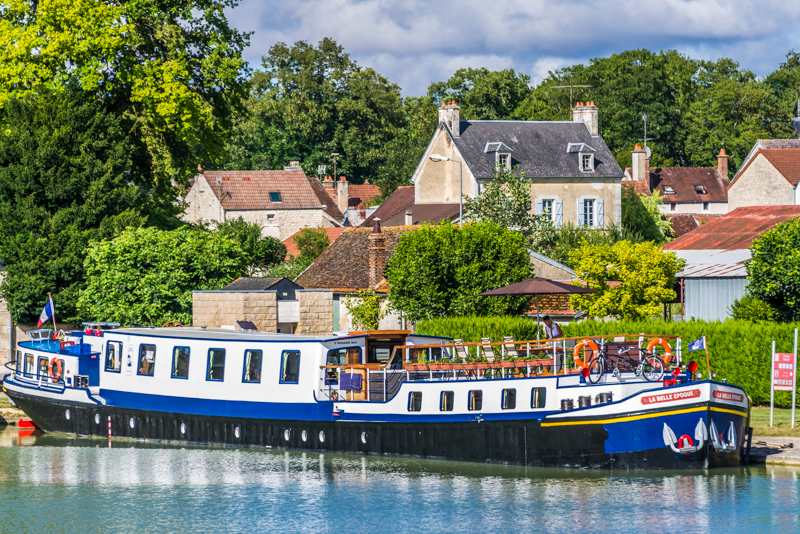
How to Know
if Your Travel Story Idea is Marketable
For most travel stories, several stars must be aligned for writers to shoehorn them into print publications.
I have 2 main benchmarks before I consider pitching a story:
1. The story must have plenty of ‘juice’ -- or unique story angles, and
2. There must be plenty of viable magazine outlets for this story.
Here’s a textbook example of how you can identify a story idea and then systematically analyze its marketability, or ‘publishability’.
In spring, 2015, I was invited by a PR company on a press trip to Virginia’s Blue Ridge Mountains, near Roanoke. I already had a print magazine assignment about the D-Day Memorial in nearby Bedford.
But then I learned that the world’s sole remaining, and newly restored, Class J 611 steam locomotive was scheduled to pull into the Roanoke station on the final day of my press trip.
The PR company asked me if I’d be interested in staying for an extra day to witness this magnificent train returning to it’s original station. Even better, I was invited to ride the final 50 miles on the locomotive. Okay, riding an old train sounded cool - but could I sell a story about it?
The Roanoke Museum of Transportation’s media director spelled out all of the locomotive’s details in a beautifully written press release.
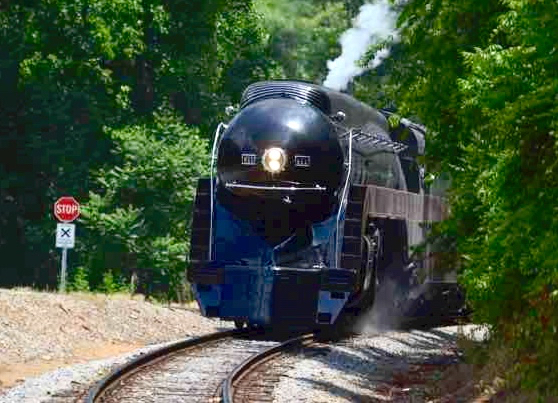
Here were some of the unique facts - the “juice” of the story:
• It’s the only remaining Class J in the world.
• The Class J is considered the finest American locomotive ever made. Her beauty, power, simple lines, bullet nose, and midnight black façade and baritone whistle make her the most distinguished steam train left in the world.
• It was a strong nostalgia story. People in the 1950’s came from around the world to ride on her regular passenger run.
• The train was returning to its ancestral home in Roanoke.
• Hundreds of thousands of Virginians would be lining the train’s route to welcome it home.
• It was exciting—and I was invited to ride the train on its final run!
• Her restoration cost $3.5 million.
This story seemed marketable because it had plenty of special angles. It was sexy stuff, and I knew that a train magazine or two somewhere around the world would love this story.
So far it was looking good - I had confidence that I could sell this story if I could find the right outlets.
My next task: put together a distribution list of train magazines that might be interested in this story. I used the Internet and my Writer’s Market reference book. Then I visited my local Barnes & Noble bookstore to browse the magazine rack.
This 5-hour process netted me a list of 21 train magazines.
After studying the writer’s guidelines for these magazines, which took another two hours, I removed several from my list. If they didn’t pay, they were deleted from the list. Some specialized in diesel trains only, or they covered modern locomotives - so I scratched those from the list.
Then I lifted out large sections of the press release with juicy information about the train to entice the editors and dropped them straight into my query letter.
I sent my query letter out to 13 magazines.
Within two days I had assignments with Model Railroad Hobbyist Magazine (US) & Heritage Railway Magazine (UK). And, I’ll get a tidy sum for these two stories!
This story ends with a truly memorable train ride on a restored historic train, past thousands of people who waved at us like we were rock stars! Cool.
Related articles that will interest you:
Get Published: The Many Ways to Sell Your Articles
Query Letter Samples for Travel Writers
Dreaming Up Stories Ideas that Sell
Do you want to learn about travel writing sales and
marketing techniques that work?
This manual has every tool and technique that I use to pitch and sell - and then resell - my travel stories. I hold nothing back. Reading this manual is like looking inside my marketing brain.

Roy Stevenson is a professional travel writer and the author of www.PitchTravelWrite.com. Over the past ten years, he’s had more than 1000 articles published in 200 magazines, trade and specialty journals, in-flights, on-boards, blogs and websites and has traveled on assignment around the U.S. and to dozens of international destinations.
IF YOU ENJOYED THIS POST, GET UPDATES. IT'S FREE.
